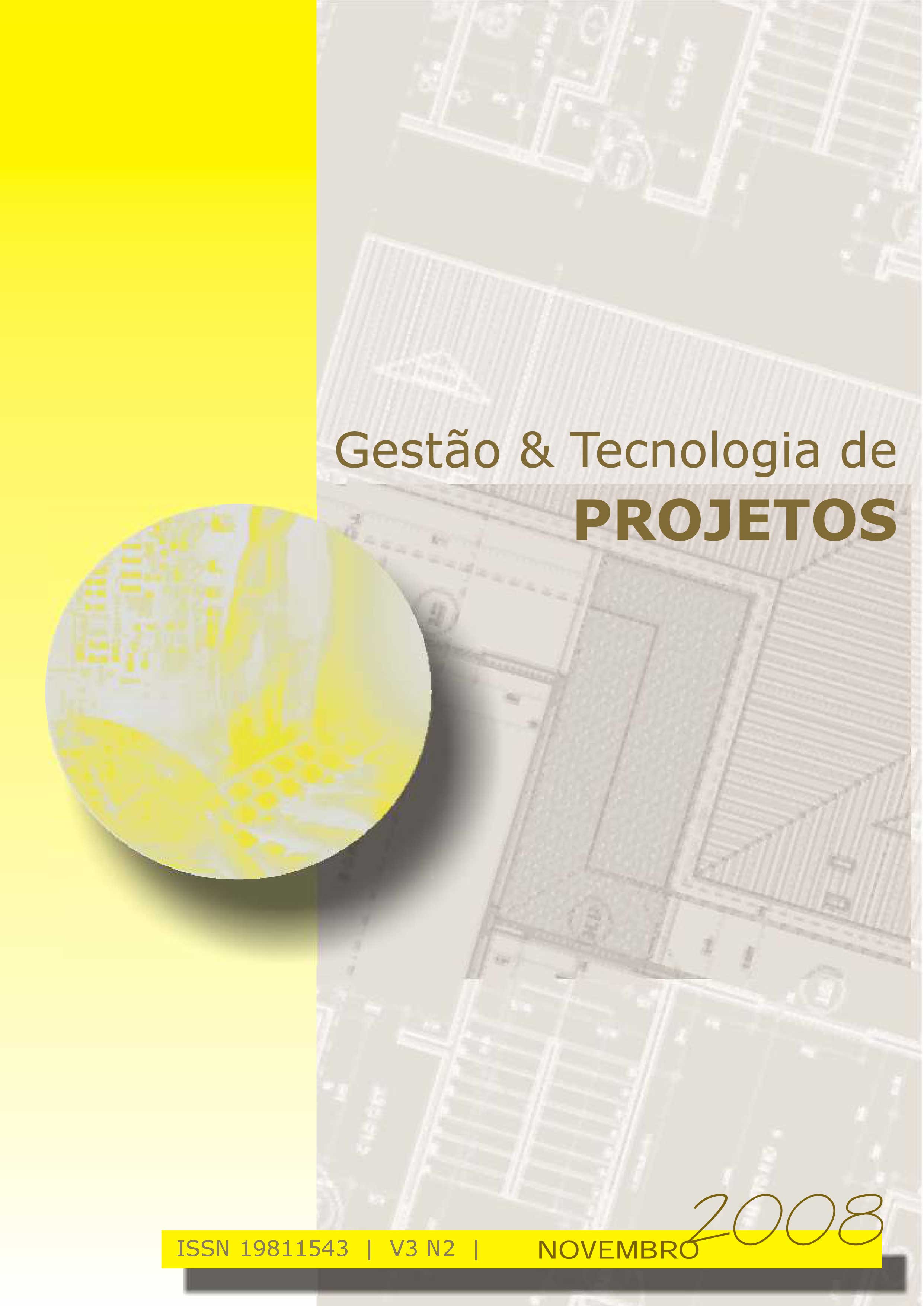TEACHING CAD PROGRAMMING TO ARCHITECTURE STUDENTS
DOI:
https://doi.org/10.4237/gtp.v3i2.73Abstract
The objective of this paper is to discuss the relevance of including the discipline of computer programming in the architectural curriculum. To do so I start by explaining how computer programming has been applied in other educational contexts with pedagogical success, describing Seymour Papert's principles. After that, I summarize the historical development of CAD and provide three historical examples of educational applications of computer programming in architecture, followed by a contemporary case that I find of particular relevance. Next, I propose a methodology for teaching programming for architects that aims at improving the quality of designs by making their concepts more explicit. This methodology is based on my own experience teaching computer programming for architecture students at undergraduate and graduate levels at the State University of Campinas, Brazil. The paper ends with a discussion about the role of programming nowadays, when most CAD software are user-friendly and do not require any knowledge of programming for improving performance. I conclude that the introduction of programming in the CAD curriculum within a proper conceptual framework may transform the concept of architectural education. Key-words: Computer programming; computer-aided design; architectural education.Downloads
Downloads
Published
2008-11-30
Issue
Section
Papers
License
Copyright Notice
Authors who publish in this journal agree to the following terms:
- Authors retain the copyright and grant the journal the right of first publication, with the article simultaneously licensed under the Creative Commons Attribution License BY NC ND, which allows the sharing of article with acknowledgment of authorship and initial publication in this journal.
- Authors are authorized to take additional contracts separately, for non-exclusive distribution of version of the article published in this journal (e.g. publish in institutional repository or as a book chapter), with acknowledgment of authorship and initial publication in this journal.
- Authors are allowed and encouraged to publish and distribute their research work online (e.g. in institutional repositories or on their personal page) at any point before or during the editorial process, as this can generate productive changes, as well as increase the impact and the citation of published article (See O Efeito do Acesso Livre).
How to Cite
CELANI, Maria Gabriela Caffarena. TEACHING CAD PROGRAMMING TO ARCHITECTURE STUDENTS. Gestão & Tecnologia de Projetos (Design Management and Technology), São Carlos, v. 3, n. 2, p. 1–23, 2008. DOI: 10.4237/gtp.v3i2.73. Disponível em: https://revistas.usp.br/gestaodeprojetos/article/view/50940.. Acesso em: 29 mar. 2025.



